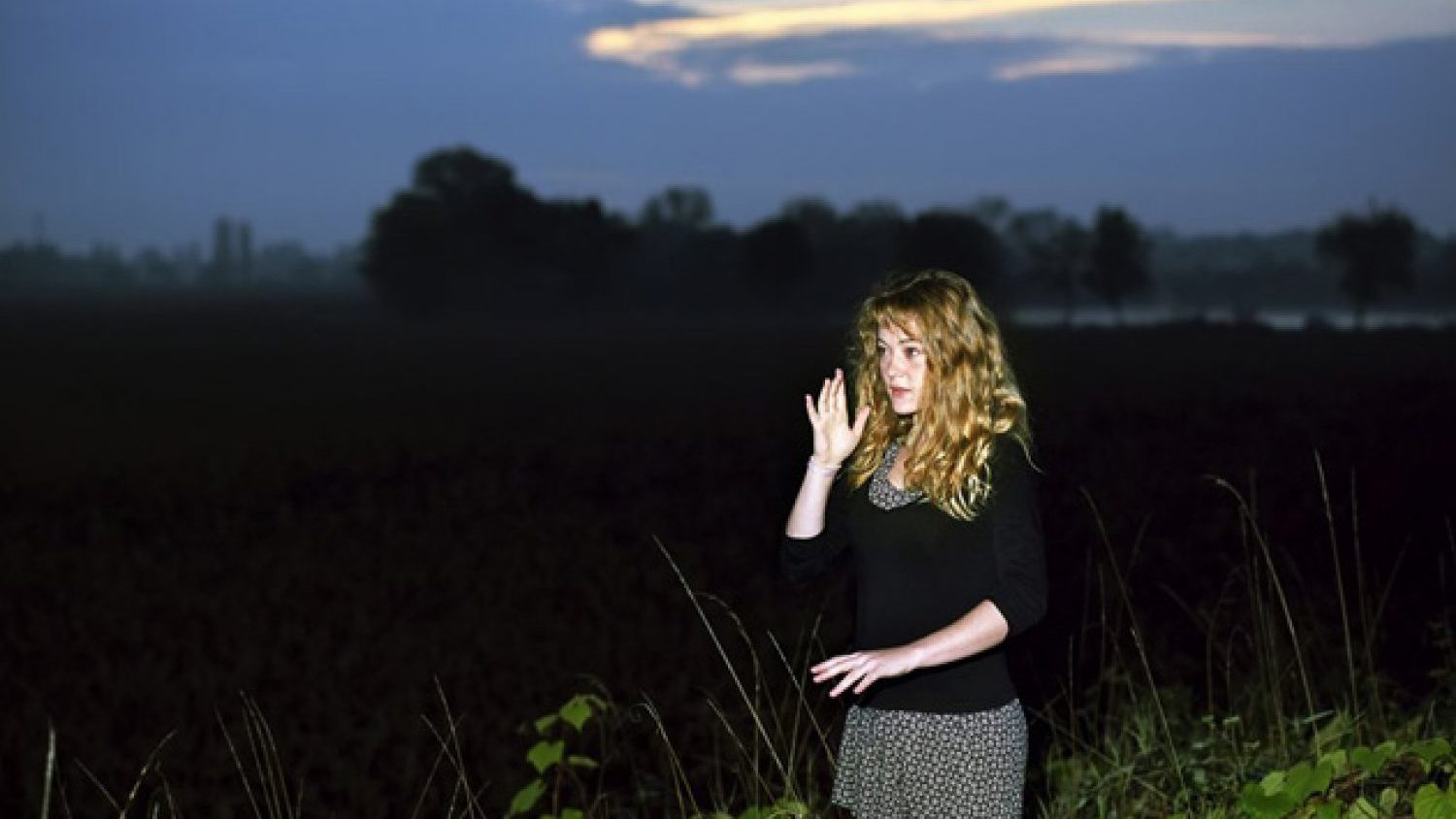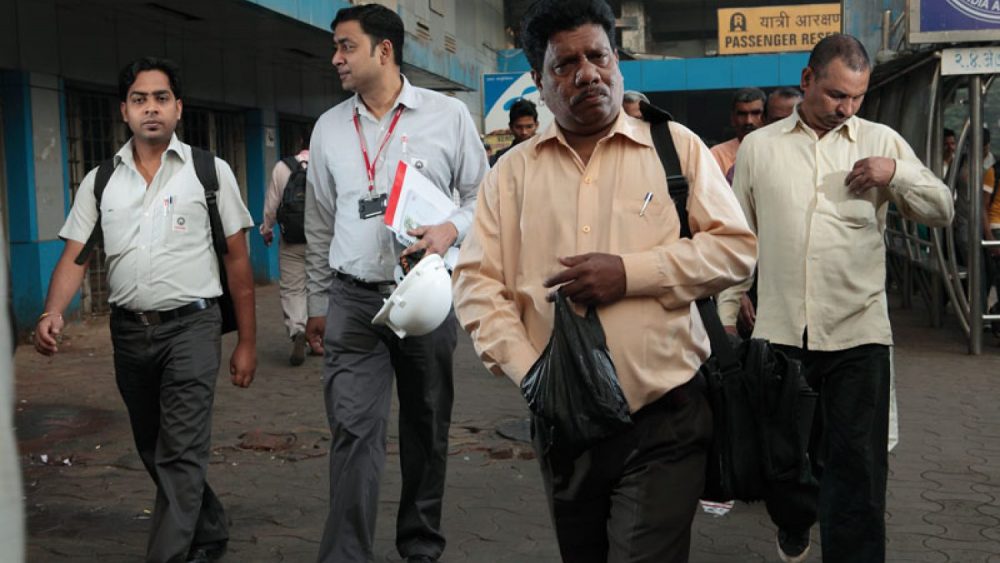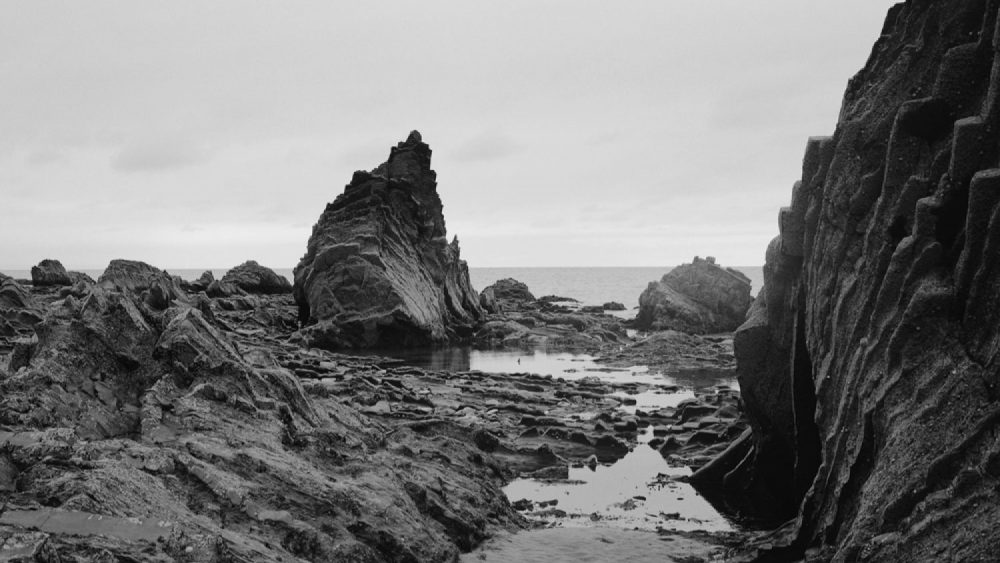Interview with Natasha Caruana
Natasha Caruana (1983) is a London based photographer and one of the participants at the Riga Photography Biennial. Her work, for the most part, focuses on love, infidelity and relationships between men and women. Her subjects of interest may seem rather trivial, but her immense devotion to her photographic process does not relish or rely on stereotypes, but delves into something reminiscent of an anthropological investigation. Abstracted from emotions and romance, Caruana’s work seeks to find a border between a cold, distant perspective, whilst at the same time being intimate and deeply personal.
As a part of the photo exhibition Restart, the series of photographs titled At First Sight is on view at the Riga Art Space. The photographs attempt to capture the phenomena of Coups de foudre, otherwise simply known as “love at first sight”.
Natasha and I met at the Riga Art Space a day after the opening of the exhibition.
Could you tell me more about your work At First Sight?
All my work interrogates love and relationships, so this work is kind of a continuation of what I’ve been working on for a while now. Actually two things came together in relation to this work. Firstly, I experienced love at first sight. I walked into a bar and made eye-contact with a man, and I felt an electrical charge through my body… Since I had previously addressed the commercialization and fiction of love through my work, I did not want to believe in the feeling that I had experienced. It was crazy, but completely true and in six months time we got married. He proposed to me and our wedding happened six weeks later. My mother encouraged me to go out and buy a wedding dress, get a tan and prepare for the wedding, but at one point I was just fed up with all of it. So I went to the British Library to try to find out what exactly was happening to me. After our wedding, I moved to France to work in solitude and continue to look for the answers to love at first sight. I did this by finding people who believed that they had experienced love at first sight. I asked everybody in the town I was living in and conducted experiments with science students. The work was actually part of my residency project at the Nicéphore Niépce Museum. Niépce, who was the inventor of photography, worked on the same landscape as I did recently, whilst trying to find the answers to photography. This greatly inspired me — the fact that we are both searching for answers to such monumental questions.
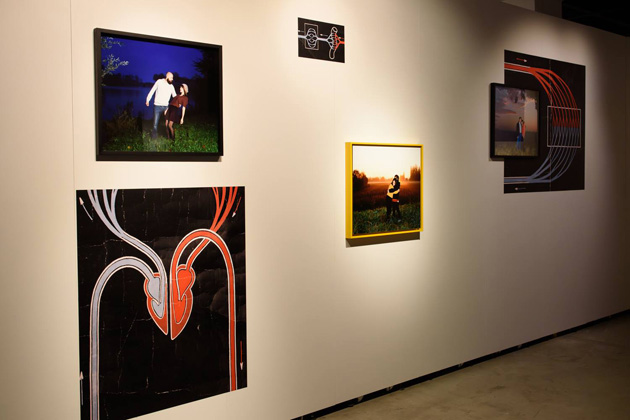
Did you find the answers to your questions on a scientific level?
Some of the scientific experiments regarding love are very interesting. The first experiment I became aware of was conducted in 1974. Since then love has not been widely investigated on a scientific level. It’s well known that the feeling of love comes from a bunch of chemical reactions in your body. An early experiment on the subject of love states that the feeling of love is more likely to emerge from a feeling of anxiousness, rather than when a person is calm. I am fond of this subject, because it is open to interpretation and questions can still be asked. If we were able to buy the answer to love in a bottle and spray it out, life would be a lot less interesting.
Do you tend to agree with theories provided by theorists and psychoanalysts regarding the subject of love?
I do to some extent, but then again I think that the subject is so uncertain that it’s almost impossible to pinpoint the answers and rely on certain theories.
Do you prefer to take your own experience as a point of reference whilst working on a new project or does a distanced look at, for example, a relationship between a man and woman give a more objective insight on the subject of interest?
All my projects consist of a very long work process. The investigatory process is always autobiographical to some extent. I try to translate my own personal narrative into something universal and remove myself at some point.
What exactly are the people in your photographs doing? They seem to be caught in motion or suspended in time. Are they experiencing love at first sight?
Yes! I worked with around thirty people and asked them about their experiences with love at first sight. Then I interviewed them and we did the portraits for the work. The photographs are restaging of how they felt when they had these feelings. For some people it was very electric. For others it was very serene, and they stood still. All of the photos were taken around three or four times. The use of lighting also bears significance to the photographs — all of the people were photographed first thing in the morning, as if they had just woken up and had no idea that their lives were about to change.
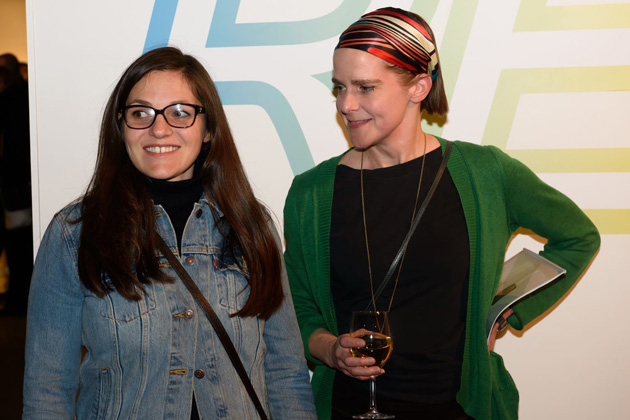
Do you tend to be more or less rational whilst working on a project or do you romanticize your work?
I think that I’m not a romantic person at all. I like to tear the idea of romantic view on life apart, because it frustrates me. My work has always gone against the idea of romance, but At First Sight is probably my most romantic work to date.
Your previous work has also dealt with the subject of infidelity. Does that correlate with the subject of love in your work?
Yes, it does. I think infidelity exists in a person’s mind. It doesn’t necessarily have to be an act of infidelity. It can be expressed in thoughts. Some people might be really upset if his or her partner enjoys text-messaging another person. Most people, of course, would be upset if their partner slept with someone else. You can never know where infidelity begins, because one can only discover the boundary between infidelity and trust, and love when it has already been crossed.
Is photography a medium in which you can try to depict these somewhat abstract thoughts and emotions?
It’s very interesting to photograph things. We can capture and freeze-frame all those happy moments and retouch them afterwards. Before I exhibited the photographs for At First Sight, I held a small party and gave each participant a copy of their photo. Some of the participants burst out in tears, so I felt that the photographs conveyed some sort of emotions that would otherwise go unnoticed. I felt that I needed to include the people in the process, not just take use of their very intimate emotions for my work. Although, when I was working on my work The Married Man, I didn’t want to incriminate my subjects, so I chose to keep them anonymous.
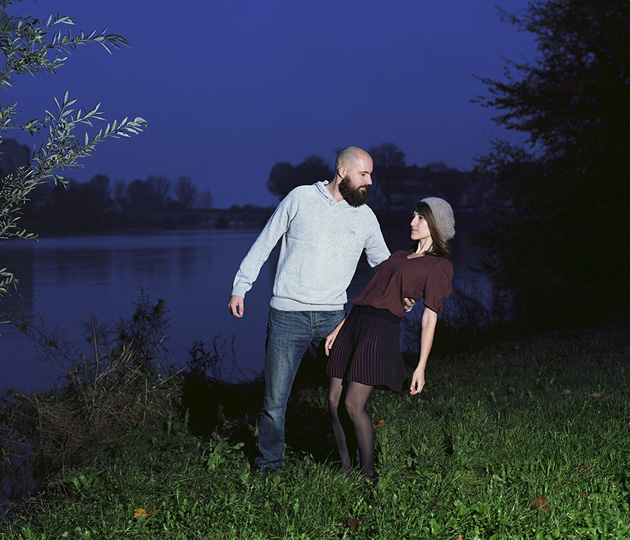
You seem to have a very specific field of interest. Which photographers and artists have influenced your work?
I go to the theatre quite a lot in London. Tom Stoppard’s works deal with love and psychoanalysis. Recently I’ve been interested in the work of the British photographer Hannah Starkey. Her images always have a single female figure in them. I really respect the work of Antoine D’Agata. He really pushed himself in his work. He might, for example, spontaneously sleep with a prostitute just to take a picture of her afterwards. The same can be said about the Russian photographer Boris Mikhailov — he pays people to get drunk so he can photograph them.
Your point of reference is London. What can you say about contemporary photography in the current British art scene?
I think that photographers are interested in photography about photography — a conceptual kind of photography, but I feel like we’re going to return to something more or less documentary. There’s a big show about documentary photography in London, that’s been curated by Martin Parr, and there have been queues around the block to get into the show. Personally, I was trained as a documentary photographer by, for example, Anna Fox, who is one of the greatest female photographers in England. I think that documentary photography is about telling stories, as well as creating an objective document. I think my work is still about these things.
